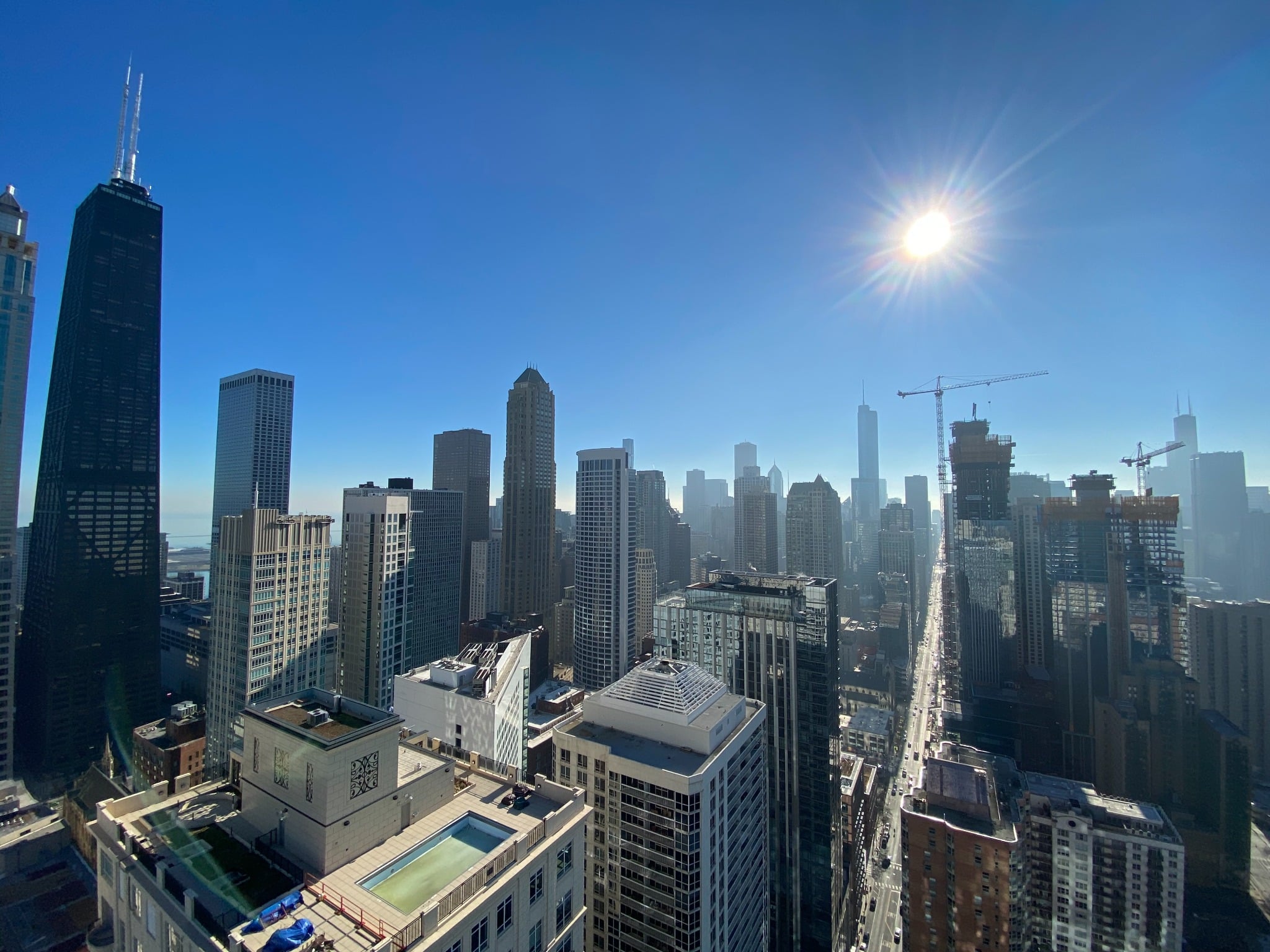A Complete Resource for Building Owners, Managers & Safety Professionals
Fall protection is one of the most critical — and most cited — safety requirements in the U.S. Each year, OSHA reports hundreds of violations related to anchor certification, inadequate tie-offs, and missing documentation.
At Shine On Anchors, we help building owners, engineers, and facility managers meet every OSHA 1910.28 and ANSI Z359 requirement with confidence.
This 2026 guide explains everything you need to know — the standards, inspection cycles, anchor certification process, and how to keep your fall-protection systems compliant year-round.
1. Understanding Fall-Protection Compliance
Fall-protection compliance starts with one question:
Can every person working at height tie off safely to a certified system?
If the answer isn’t an immediate “yes,” there’s work to do.
Core standards that apply:
- OSHA 1910.27 — Rope Descent Systems
- OSHA 1910.28 — Duty to Have Fall Protection
- OSHA 1910.29 — System Design & Falling-Object Protection
- ANSI Z359.14 — Equipment ratings, connectors, harnesses, and SRLs
- ANSI Z359.6 — Design & Performance of Active Fall-Protection Systems
These standards work together to ensure every anchor, rope, and harness can handle the required load — and every worker is trained for the system they’re using.
2. The Building Owner’s Responsibility
Under OSHA 1910.27, the building owner is responsible for ensuring that all roof anchors are certified, inspected, and documented.
This applies whether the work is done by internal staff, contractors, or third-party service providers.
Your obligations include:
- Annual visual inspection of all anchor points
- 10-year proof load testing and recertification
- Maintaining records of testing and inspections
- Providing contractors with documentation before they start work
Failing to document inspections or provide current certifications can lead to OSHA fines and potential liability if an incident occurs.
Related Post: How to Prepare Your Building for Anchor Load Testing ›
3. Roof-Anchor Systems & Certification
Certified roof-anchor systems are the backbone of any compliant fall-protection program.
Each anchor must be:
- Installed to handle 5,000 lbs per user or twice the intended load (per OSHA 1910.27)
- Designed by a qualified engineer and installed by trained professionals
- Tagged with serial numbers and load ratings
- Tested and recertified by an approved competent person every 10 years or after major roof work
Shine On Anchors provides load testing and certification services for commercial buildings, universities, and government facilities nationwide.
Learn More: Roof Anchor Certification & Fall Protection in Chicago ›
4. Fall-Protection System Components
A compliant fall-protection system combines multiple components that must all work together:
- Anchors: permanent or temporary tie-off points
- Harnesses & Lanyards: full-body ANSI Z359-rated gear
- Lifelines & SRLs: vertical or horizontal lines rated for the task
- Rope Access Systems: dual-rope setups with redundancy
- Rescue Kits: pre-assembled and tested for immediate use
Each element must be inspected before use and documented annually by a competent person.
See Also: Tools & Work Equipment — Safe Practices for Rope Access ›
5. Documentation & Inspection Schedule
- Annual Inspection: visual check of all anchors, lines, and hardware
- 10-Year Recertification: proof load testing and re-certification of each anchor point
- Every Job: contractors must receive the current certification packet before work begins
Maintaining digital records and inspection tags helps building owners avoid citation risk and provides traceability in case of audits.
Related Resource: Anchor System Inspection Checklist (PDF) ›
6. Common Compliance Mistakes to Avoid
- Assuming anchors from prior construction are still certified
- Using fall protection without inspection records
- Ignoring rescue-plan requirements
- Letting technicians tie off to non-rated points
- Missing 10-year load tests after roof modifications
Proactive planning and clear documentation eliminate these risks and demonstrate due diligence under OSHA and ANSI.
Related Read: Common Fall Protection Mistakes ›
Frequently Asked Questions:
How often should roof anchors be inspected or tested?
Anchors should be visually inspected annually and proof load tested at least every 10 years or after major roof work.
What happens if anchors are missing certification or records?
Work should not begin until anchors are inspected and certified. Otherwise, you risk OSHA citations, liability, and potential injury.
Who is responsible for fall-protection compliance — the building owner or the contractor?
Both. The building owner must provide certified anchors and documentation. The contractor must verify those certifications and use proper equipment and procedures.
Do temporary anchors require certification too?
Yes — all tie-off points must be rated and used under a competent person’s supervision. Even temporary devices need proof of load rating and manufacturer data.
8. Shine On Anchors — Your Compliance Partner
For over a decade, Shine On Anchors has helped commercial property owners nationwide meet and document full compliance with fall-protection standards.
We offer:
- Roof Anchor Inspection & Certification ›
- Proof Load Testing & Documentation ›
- Rope Access Safety Audits ›
- Technician Training & Rescue Plan Support ›
- Digital record management and annual inspection scheduling
Compliance isn’t a one-time project — it’s an ongoing responsibility that protects lives, assets, and liability.
Need to verify your building’s fall-protection compliance?
Schedule a certification review or inspection with Shine On Anchors today.
👉 Request a Fall Protection Compliance Audit › Call us today at (773) 227-4522 or email anchors@shineongroup.com



